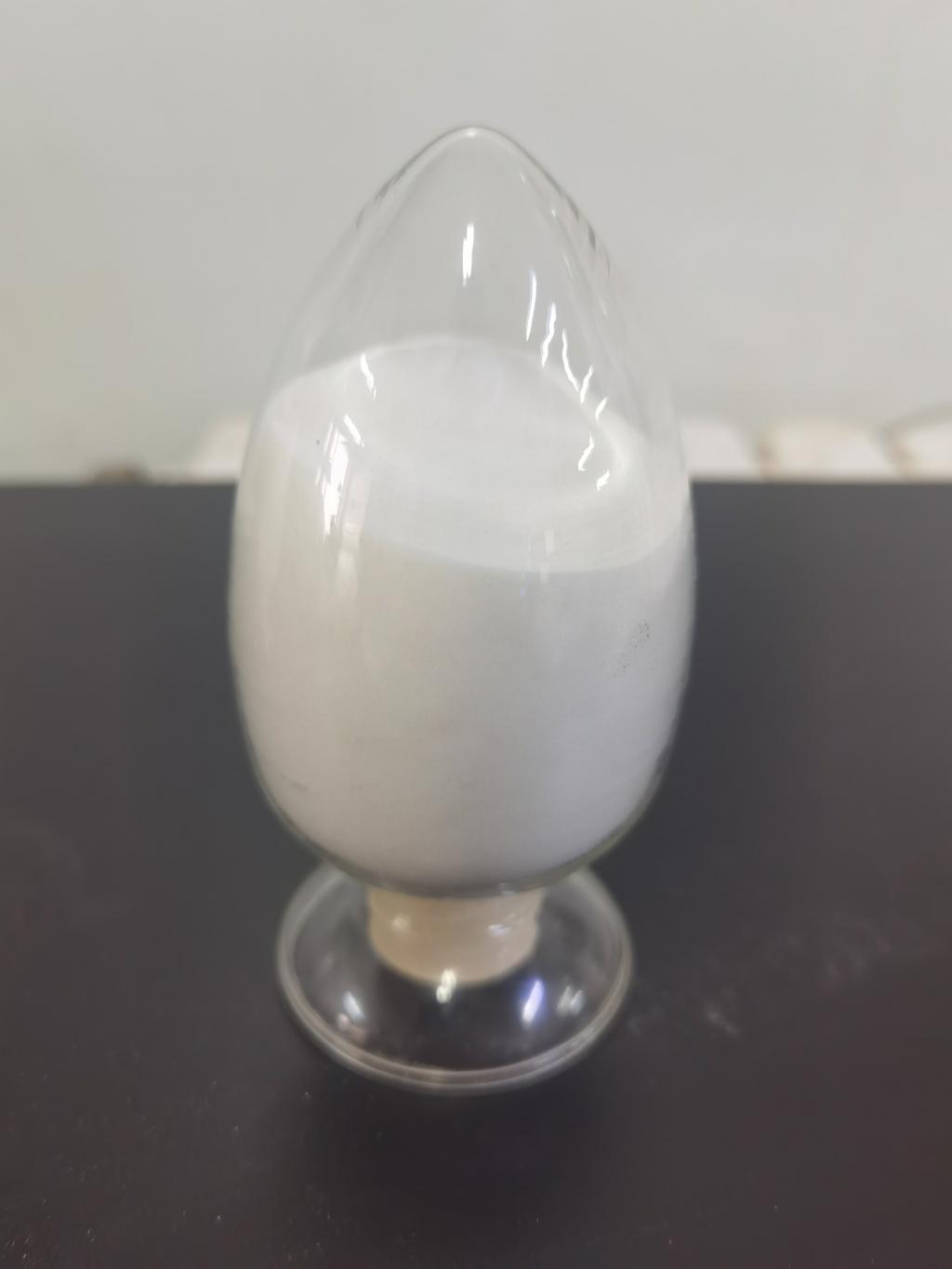Tel:+8618231198596

News
 CONTACT
CONTACT
 CONTACT
CONTACT
- Linkman:Linda Yao
- Tel: +8618231198596
- Email:linda.yao@dcpharma.cn
- Linkman:CHARLES.WANG
- Department:Overseas
- Tel: 0086 0311-85537378 0086 0311-85539701
News
Investigating the Molecular Interactions of ε-Polylysine Hydrochloride with Biological Membranes.
TIME:2024-06-04
Mechanism of Action
ε-Polylysine hydrochloride exerts its antimicrobial effects by electrostatically interacting with microbial cell membranes. Due to its cationic nature, ε-polylysine hydrochloride binds to the negatively charged phospholipid head groups of microbial membranes. This interaction disrupts membrane integrity, leading to permeabilization, leakage of cellular contents, and ultimately cell death. The amphiphilic nature of ε-polylysine hydrochloride allows it to insert into lipid bilayers and form pores, further compromising membrane integrity and function.
Effects on Membrane Integrity
Studies have shown that ε-polylysine hydrochloride disrupts membrane integrity in a concentration-dependent manner. At low concentrations, ε-polylysine hydrochloride may transiently interact with membranes without causing significant damage. However, at higher concentrations, it induces membrane permeabilization, pore formation, and eventual cell lysis. The extent of membrane disruption depends on factors such as peptide concentration, lipid composition, and membrane fluidity.
Implications for Drug Delivery
The membrane-disrupting properties of ε-polylysine hydrochloride have implications for drug delivery applications. ε-Polylysine hydrochloride can be used as a carrier for delivering therapeutic agents, such as drugs or nucleic acids, across biological membranes. By encapsulating cargo molecules within ε-polylysine hydrochloride nanoparticles or liposomes, researchers can enhance their cellular uptake and intracellular delivery. Moreover, the membrane-penetrating ability of ε-polylysine hydrochloride allows it to facilitate drug release from delivery vehicles, promoting therapeutic efficacy.
Antimicrobial Therapy
Understanding the molecular interactions of ε-polylysine hydrochloride with microbial membranes is essential for optimizing its antimicrobial activity. By elucidating the structural features of ε-polylysine hydrochloride that contribute to membrane binding and disruption, researchers can design analogs with enhanced potency and selectivity. Furthermore, knowledge of ε-polylysine hydrochloride's mechanism of action can guide the development of combination therapies with conventional antibiotics, synergistically enhancing antimicrobial efficacy and reducing the risk of resistance development.
Biomedical Applications
Beyond antimicrobial therapy and drug delivery, ε-polylysine hydrochloride has potential applications in various biomedical fields. It can be used in wound dressings, coatings for medical devices, and antimicrobial textiles to prevent infections and promote healing. Additionally, ε-polylysine hydrochloride-based formulations may find applications in tissue engineering, regenerative medicine, and antimicrobial coatings for implants and prosthetics.
Future Directions
Future research directions in the investigation of ε-polylysine hydrochloride's interactions with biological membranes include:
a. Elucidating the structural determinants of membrane binding and permeabilization.
b. Exploring the effects of membrane composition and lipid packing on ε-polylysine hydrochloride activity.
c. Investigating the potential of ε-polylysine hydrochloride as a therapeutic agent for treating membrane-associated diseases, such as cancer and microbial infections.
Conclusion
Understanding the molecular interactions of ε-polylysine hydrochloride with biological membranes is crucial for elucidating its antimicrobial activity, optimizing drug delivery systems, and developing novel therapeutic strategies. By unraveling the mechanisms underlying these interactions, researchers can harness the full potential of ε-polylysine hydrochloride for biomedical applications, paving the way for advancements in antimicrobial therapy, drug delivery, and regenerative medicine. Continued research in this field holds promise for addressing global health challenges and improving patient outcomes.
- Tel:+8618231198596
- Whatsapp:18231198596
- Chat With Skype







